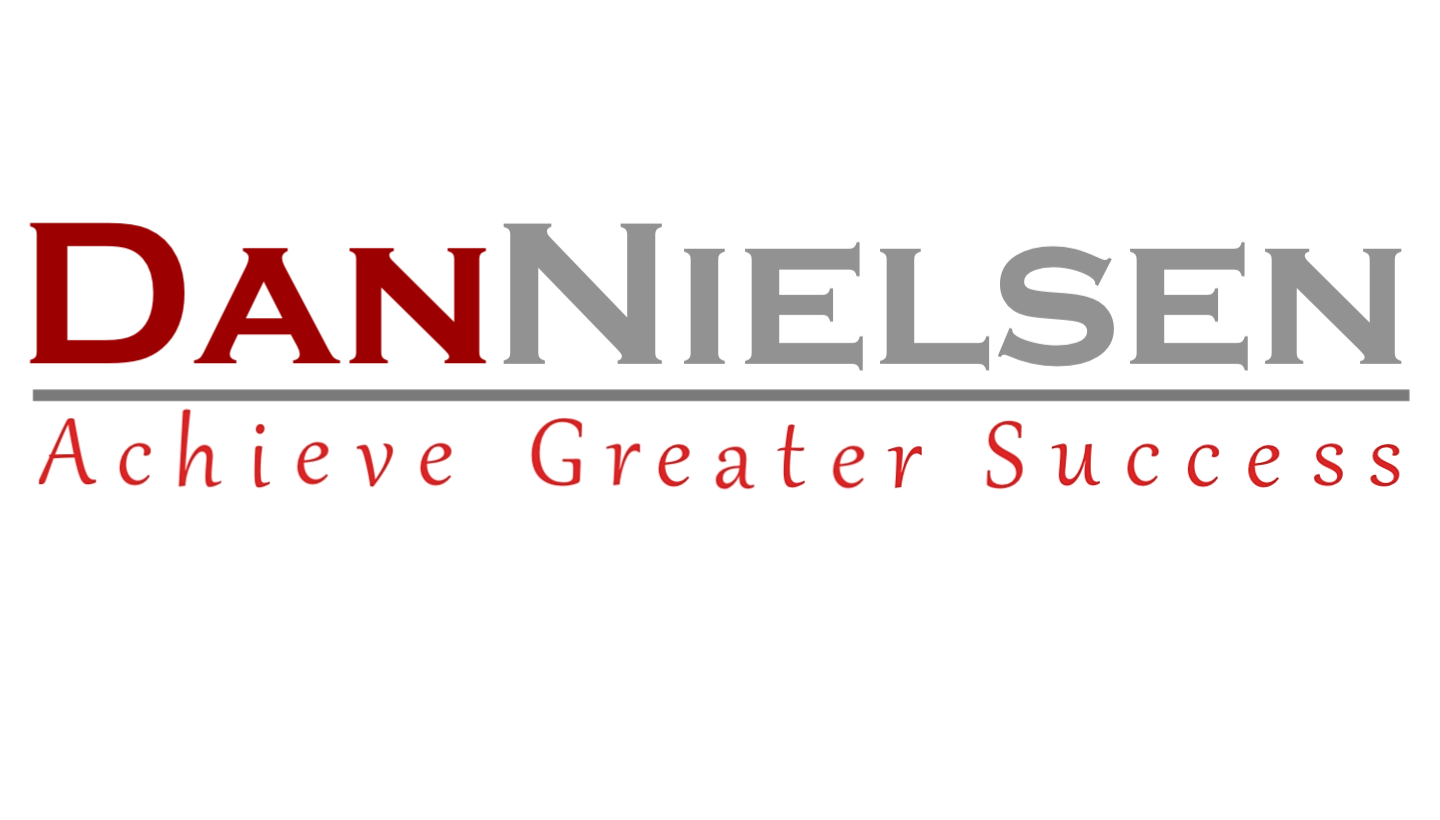
In the last few weeks, we have been discussing three practical ways to stay focused for maximum success:
- Set Goals using the SMARTER Acronym – Specific, Measurable, Achievable, Relevant, Time-framed, Exciting, and Reviewed.
- Remove obstacles and barriers to success.
- Allocate your time wisely.
With the recent launch of America’s Healthcare Leaders (AHL) comes an increased need for my team to be able to efficiently and effectively use their time. Much goes on behind the scenes to keep our newly launched mentorship program running. With every task, there is a person who must allocate their time wisely to complete that task.
As the old saying goes, you see how a man uses his time, and you see what kind of man he is. Where do you allocate your time? Do you give more precedence to projects you enjoy, and less to the projects you dread?
An article titled “Allocate Your Time and Effort,” published by the Harvard Business Review, presented a very easy way to clearly break down your daily activities for optimal success. Every task should be put into one of three categories: invest, neutral, or optimize.
Invest
As the title suggests, the projects in this category usually have results proportionate to the time spent on them. Within your organization, you will be able to identify the tasks in which it is necessary to invest extra time. The increase in time usually leads to better results and a greater return on investment (ROI). In direct correlation, the project often suffers if the appropriate amount of time is not spent on it.
Neutral
These types of activities do not necessarily benefit from added time invested—they’re neutral. Staff meetings can often fall into this category. A long staff meeting, as many can probably attest to, does not necessarily mean a useful one. These types of tasks should be analyzed and time should be allocated according to the desired results. If the same results can be achieved in 30 minutes, why would you want to spend an hour on the task? This wastes time and resources and has no obvious benefits.
Optimize
This category is for all tasks that show no added value if more time is spent on them. These tasks are often small everyday tasks that can keep you from focusing on the projects actually requiring more time. These mundane tasks can frequently take over your day. Email is a great task example for this category. My team and I use email as our primary mode of communication. If each of my team members stopped what they were doing each time their inbox received a message, their normal activities would be constantly interrupted. With the tasks in these categories, set aside a specific timeframe to complete them.
In addition to actively sorting tasks into these categories for time allocation, consider a helpful tip from last week: be willing to accept help. Occasionally, my team members will swap tasks allowing each task to be completed successfully in less time.
I would love to hear more successful tips! How do you—or your organization—allocate time wisely?

